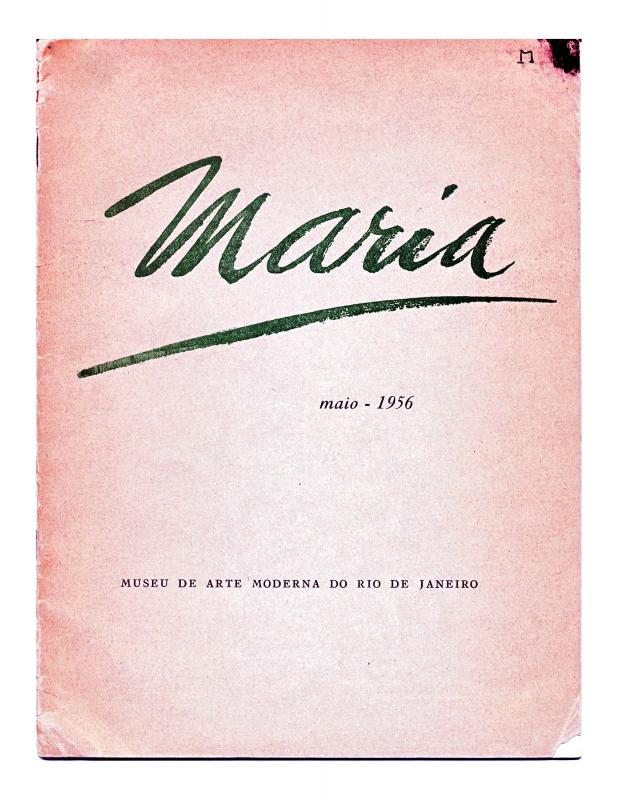Maria Martins (1894–1973) was one of the few Brazilian artists with friends in the Surrealist movement. When she was living in New York in the 1940s (she was married to the Ambassador Carlos Martins, a close friend of President Getúlio Vargas), she got to know writers and artists including André Breton, Marcel Duchamp, Yves Tanguy, and Max Ernst. Later on, when her husband was transferred to Paris, she met the author of this essay, Benjamin Péret, and the painter Amédée Ozenfant. Péret notes that Martins’ sculptures emulate the natural environment of the Amazon; he explains that her approach to molding her materials is reminiscent of the way in which nature works. In the Brazilian example, the process suggests the idea of a world in a state of gestation.
Péret lived in Brazil from 1929 to 1931. He returned at a later date (1955–56) and, on both occasions, undertook ethnographic excursions to the northern and northeastern regions of the country. He then wrote about his discoveries in articles that were published in the national press. Ever since the 1920s, Péret kept in touch with writers who were involved with the anthropophagus movement—led by Mário de Andrade—and published some of his poems in the Revista de Antropofagia (1929). [On this subject, see the article by Péret “Candomblê e makumba” (doc. no. 1110370)].
[As complementary reading, see in the ICAA digital archive the articles “Amazonia” (doc. no. 1110396); by André Breton (untitled) [“L’esprit, durant ces dernières années...”] (doc. no. 1110397); by Clement Greenberg “Review of a Group Exhibition at the Art of This Century Gallery, and the Exhibitions of Maria Martins and Luis Quintanilla” (doc. no. 1110399); by Jorge Zarur “The Legend of the Origin” (doc. no. 1110400); and by Murilo Mendes (untitled) [“A ação de Maria como escultora (…)”] (doc. no. 1110395)].




